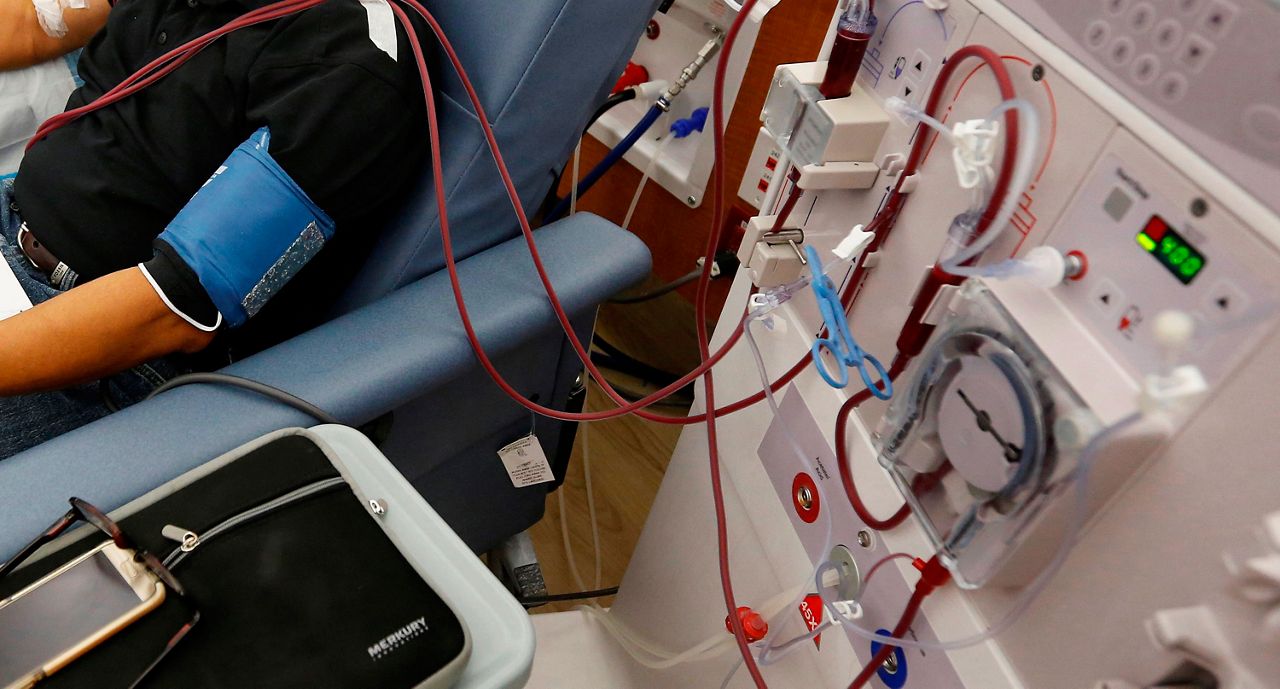NEW YORK - Time and again, COVID-19 has shown the ability to surprise. But there was one complication that caught doctors especially off-guard: pervasive kidney damage.
“It wasn’t on anyone’s radar screen,” said David Charytan, director of the nephrology division at NYU Grossman School of Medicine. “There was a lot of focus on, ‘Did we have enough ventilators? Was it going to overwhelm hospital capacity?"
- LIVE UPDATES: Coronavirus in New York City
- LIVES LOST: Remembering Victims of the Coronavirus
- What to Do If You Test Positive for COVID-19
- CDC Coronavirus Page
- WHO Coronavirus Page
Instead, another equipment shortage sent hospitals scrambling: dialysis machines.
In an interview with NY1, Charytan said a rough estimate from intensive-care units around the city was that 20 to 40 percent of the most critically ill COVID-19 patients had severe kidney damage, requiring dialysis or other replacement therapy.
That meant demand for dialysis more than doubled, at a time when supplies were suddenly running low and the specially trained nurses and technicians who administer the treatment were getting sick themselves.
Charytan said hospitals were stretched thin, and in some cases had to space out or delay regular treatment for non-COVID patients.
“At times, that created a real crisis situation, where I think centers around the city had their back against the wall,” he said. The fear was, "If i get one more patient, i’m not going to be able to do this."
Hospitals appear to have weathered the worst of the storm without having to deny anyone critical care.
Still, it’s not fully understood why so many coronavirus patients are suffering renal failure. Kidney damage was, and remains, “often very severe, and an order of magnitude higher than we would have anticipated,” Charytan said. “I think all the hospitals around New York struggled to meet the challenge."



